Introduction
Your logo: it’s the face of your brand, the first impression you make, and a silent ambassador. But what if that ambassador is wearing outdated clothes?
To achieve all this, understanding logo design trends 2025 is paramount. This is more than aesthetics; it’s about staying relevant and connecting with your audience on a deeper level.
Why Logo Design Trends Matter in 2025
Why is it crucial to stay updated on logo design trends? Your logo is more than just a pretty picture. It’s a powerful tool.
The Impact of Logo Design on Brand Identity
Think of iconic logos like Apple’s bitten apple or Nike’s swoosh: they instantly evoke specific feelings and associations.
Ignoring logo design trends can make your brand appear outdated or irrelevant, diluting the message you’re trying to convey.

Adapting to Consumer Preferences
Maintaining a Competitive Edge
Ignoring emerging trends and staying stuck in the past may cause you to lose potential clients.
In a world where everyone is using visual tools to stand out, it’s crucial to keep up with logo design trends 2025.
According to a study by Lucidpress, consistent branding, including a strong logo, can increase revenue by up to 23%.
Top 10 Logo Design Trends for 2025
These changes come from tech progress, shifting consumer needs, and a push for realness.
Let’s explore these trends and see how they can revolutionize your brand identity!
Trend #1: AI-Generated Logos

AI-powered design tools are rapidly transforming the creative landscape. In 2025, expect to see a surge in AI-generated logos.
That’s right; Artificial Intelligence is here to stay and more affordable than ever!
Description:
AI-generated logos leverage machine learning algorithms to create unique designs based on user input. These tools look at design rules, color schemes, and font styles.
How it Works:
Typically, users provide information about their company name, industry, brand values, and preferred aesthetic.
Why It’s Gaining Popularity:
AI-generated logos offer speed, affordability, and a vast array of design possibilities.
They are particularly appealing to startups and small businesses with limited budgets or those looking for rapid prototyping.
Examples:
Many online platforms offer AI logo generation services. Looka, Tailor Brands, and Canva all use AI to help users create logos.
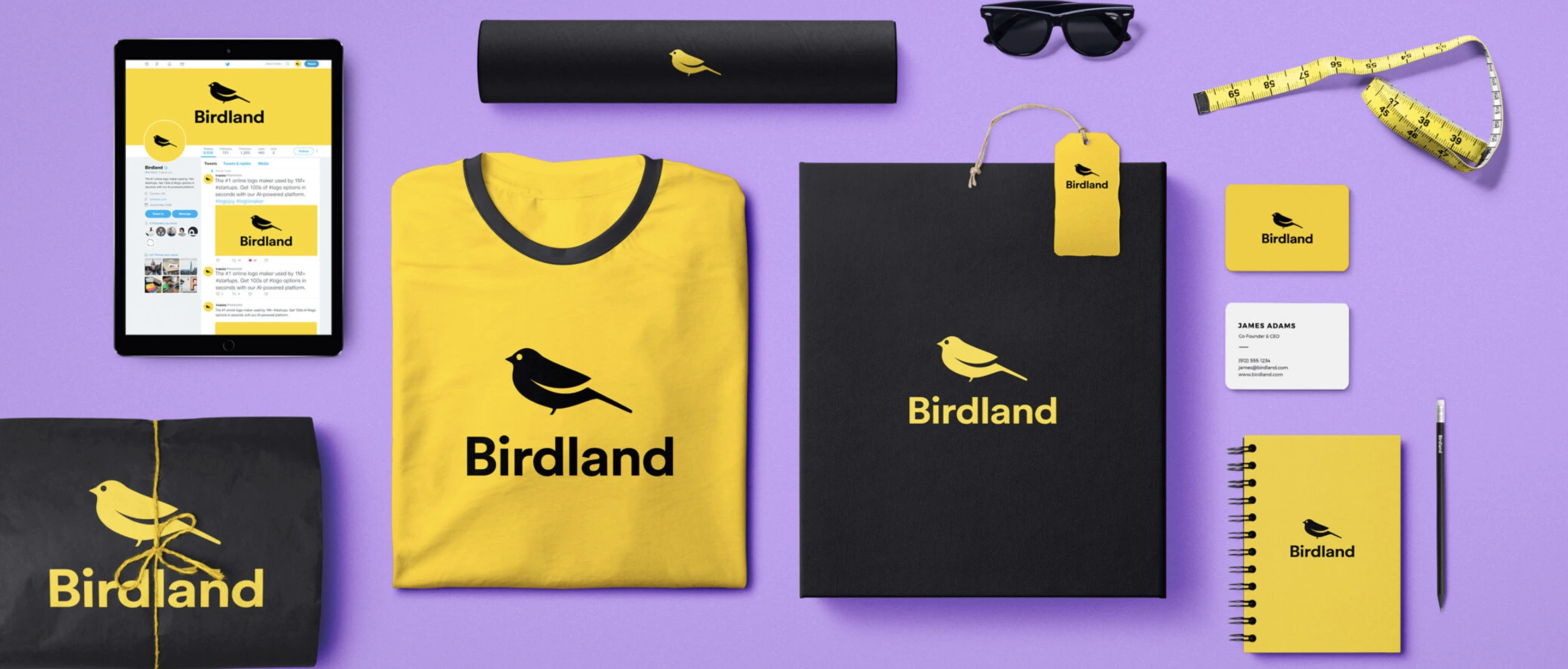
They let you design a logo that fits your specific needs. Although these are software-driven the AI is constantly improving and adapting to the latest trends.
How to Implement:
1. Choose the Right Tool: Research and select an AI logo generator that aligns with your needs and budget.
2. Provide Detailed Input: Give the AI as much info as you can. This helps it get your brand right and create designs that fit perfectly. Be sure to include specific information about your brand’s target audience!
3. Customize and Refine: Don’t settle for the first design! Experiment with different colors, fonts, and layouts until you achieve a logo that truly represents your brand.
4. Seek Professional Feedback: Even with AI, it’s wise to get feedback from a designer or branding expert. This ensures your logo is effective and aligns with your overall brand strategy.
Best Practices for AI-Generated Logos in 2025
- Don’t Rely Solely on AI: Use AI as a starting point, not the final product. Always customize and refine the generated designs.
- Focus on Uniqueness: With AI-generated logos becoming more common, strive for originality. Add your own personal touch to make your logo stand out.
- Maintain Brand Consistency: Make sure the AI logo fits with your brand’s look and feel. This includes colors, fonts, and overall style.
Potential Pitfalls to Avoid with AI-Generated Logos
- Generic Designs: AI can sometimes produce generic or uninspired designs. Be critical and don’t settle for something that looks like everyone else’s logo.
- Copyright Issues: Ensure the AI tool uses original design elements and doesn’t infringe on existing trademarks or copyrights.
- Lack of Emotional Connection: AI-generated logos might not have the emotional depth that a human designer can add.
They can miss out on the storytelling aspect that makes a logo truly special. Always add a human touch to the logo.
Trend #2: Interactive and Animated Logos
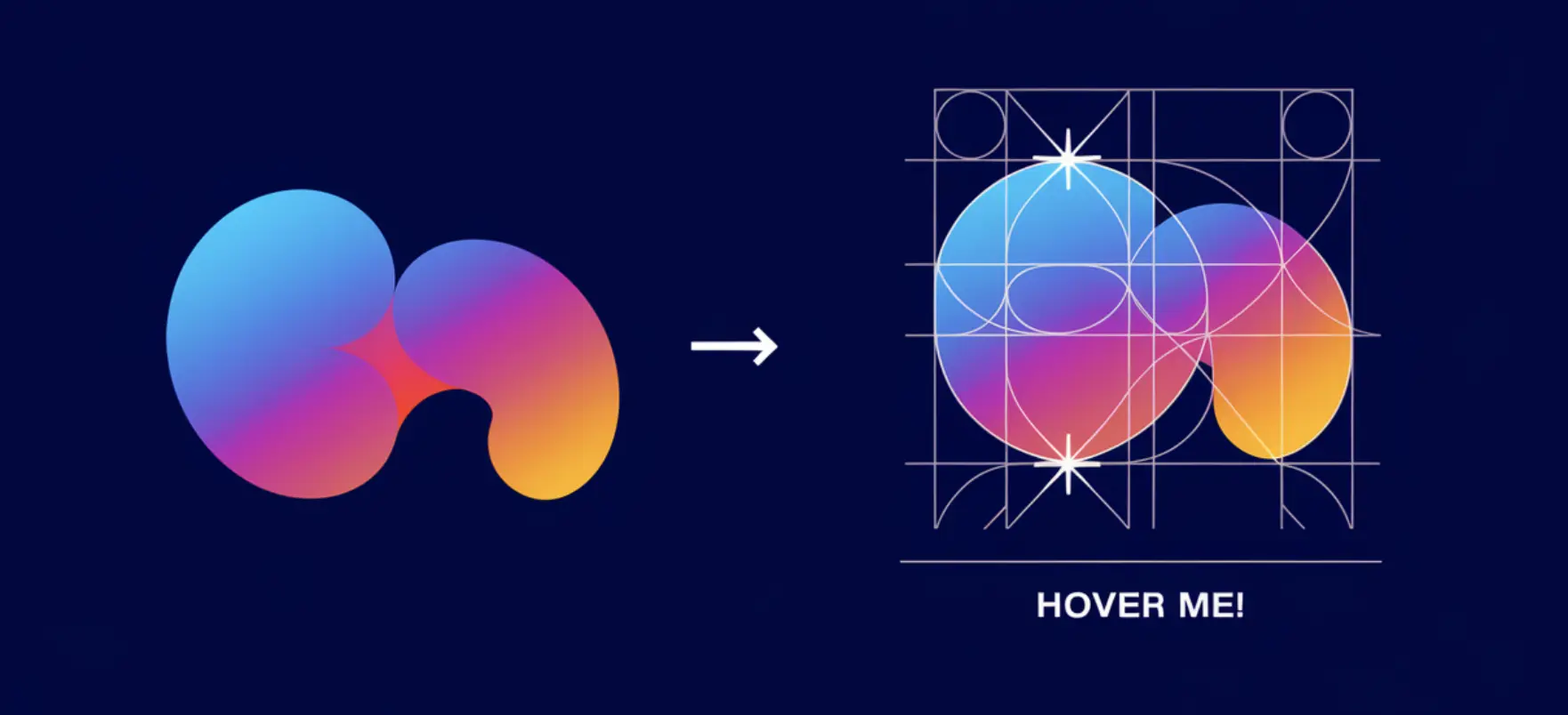
Description:
How it Works:
Interactive logos can change color when you hover over them. They might also expand to show more info or play a short animation.
Why It’s Gaining Popularity:
Examples:
Google’s Doodle logos are a prime example of interactive and animated designs. Many websites also use subtle animations on their logos to add visual flair.
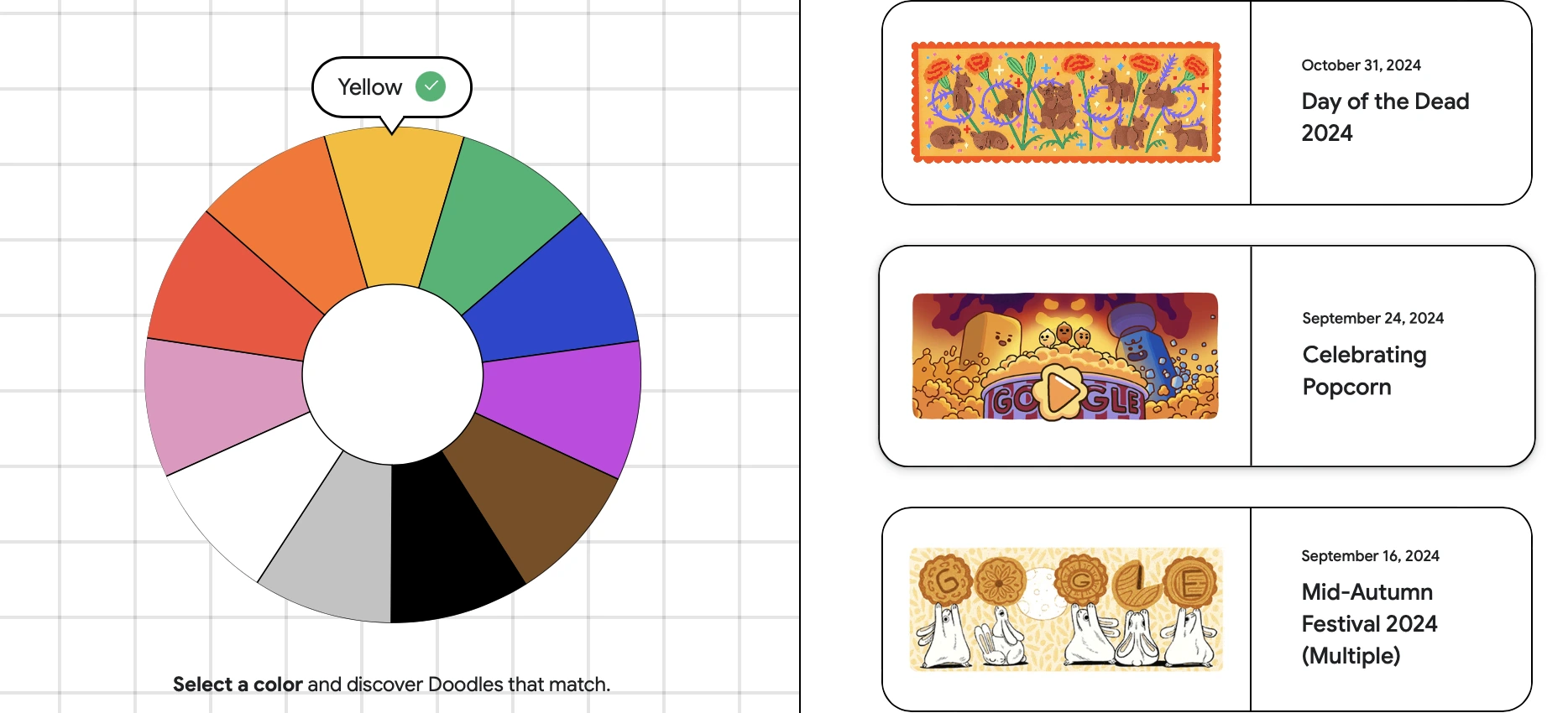
A finance website might have their logo animate a rising stock chart.
How to Implement:
1. Keep it Subtle: Animation should enhance the logo, not distract from it. Avoid overly complex or flashy animations.
2. Ensure Responsiveness: Interactive logos should respond quickly and smoothly to user actions.
3. Consider Load Times: Optimize animations to minimize load times and avoid negatively impacting user experience.
4. Use on Digital Platforms: Interactive and animated logos are best suited for websites, apps, and social media.
Best Practices for Interactive and Animated Logos in 2025
- Maintain Brand Identity: Ensure the animation aligns with your brand’s personality and values.
- Prioritize User Experience: The animation should enhance the user experience, not detract from it.
- Test Across Devices: Ensure the animation works seamlessly on different devices and browsers.
Potential Pitfalls to Avoid with Interactive and Animated Logos
- Overly Complex Animations: Keep animations simple and focused to avoid overwhelming users.
- Slow Load Times: Optimize animations to minimize load times and prevent performance issues.
- Accessibility Concerns: Ensure animations are accessible to users with disabilities (e.g., provide alternative text descriptions).
Trend #3: Maximalism and Bold Graphics
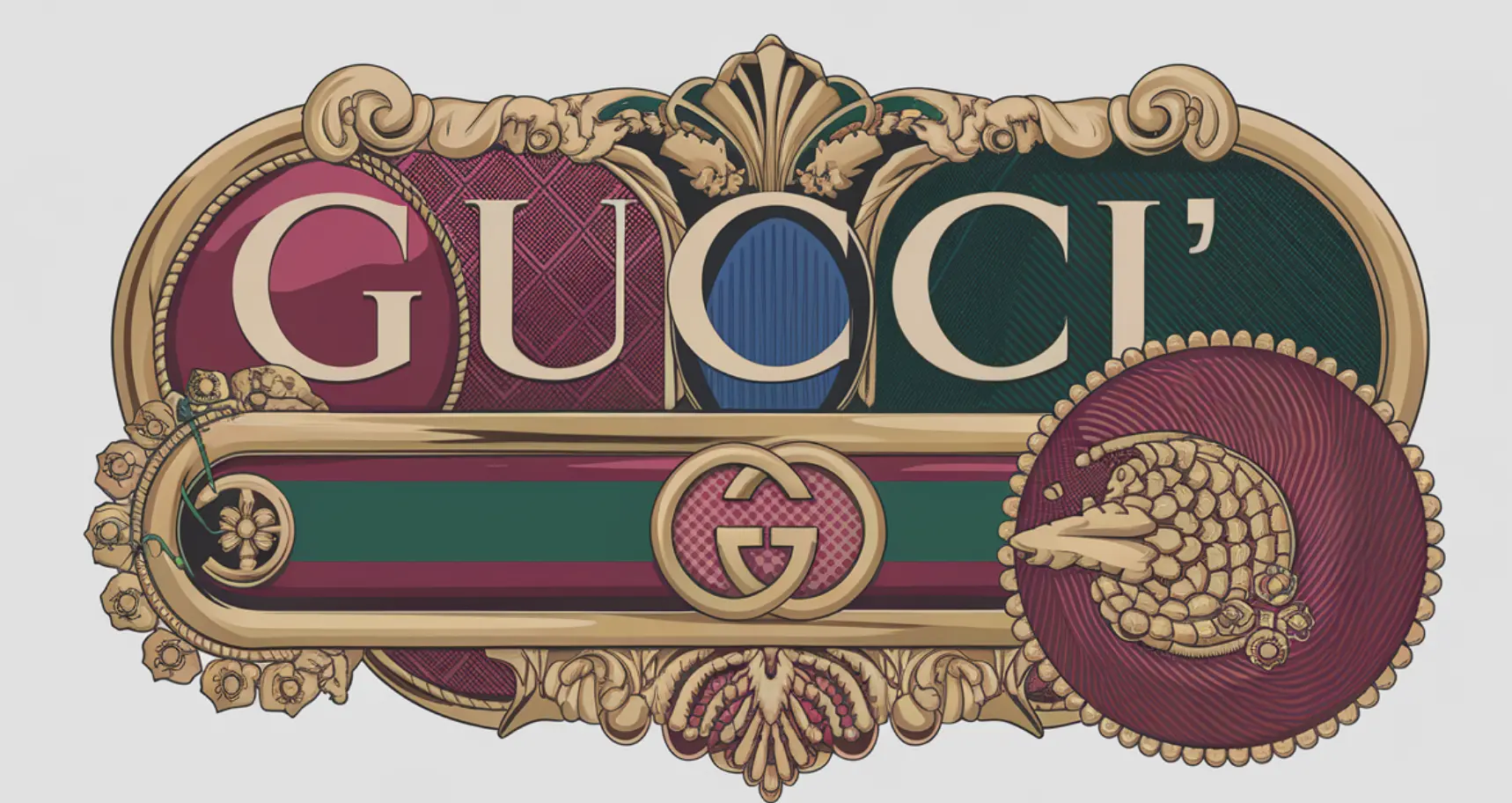
Description:
Forget minimalism! Maximalism is making a comeback in 2025.
This trend loves bold graphics, bright colors, and detailed designs. It makes logos that catch your eye and are full of life.
How it Works:
Maximalist logos often feature a combination of different design elements, such as typography, illustrations, and patterns.
Why It’s Gaining Popularity:
Examples:
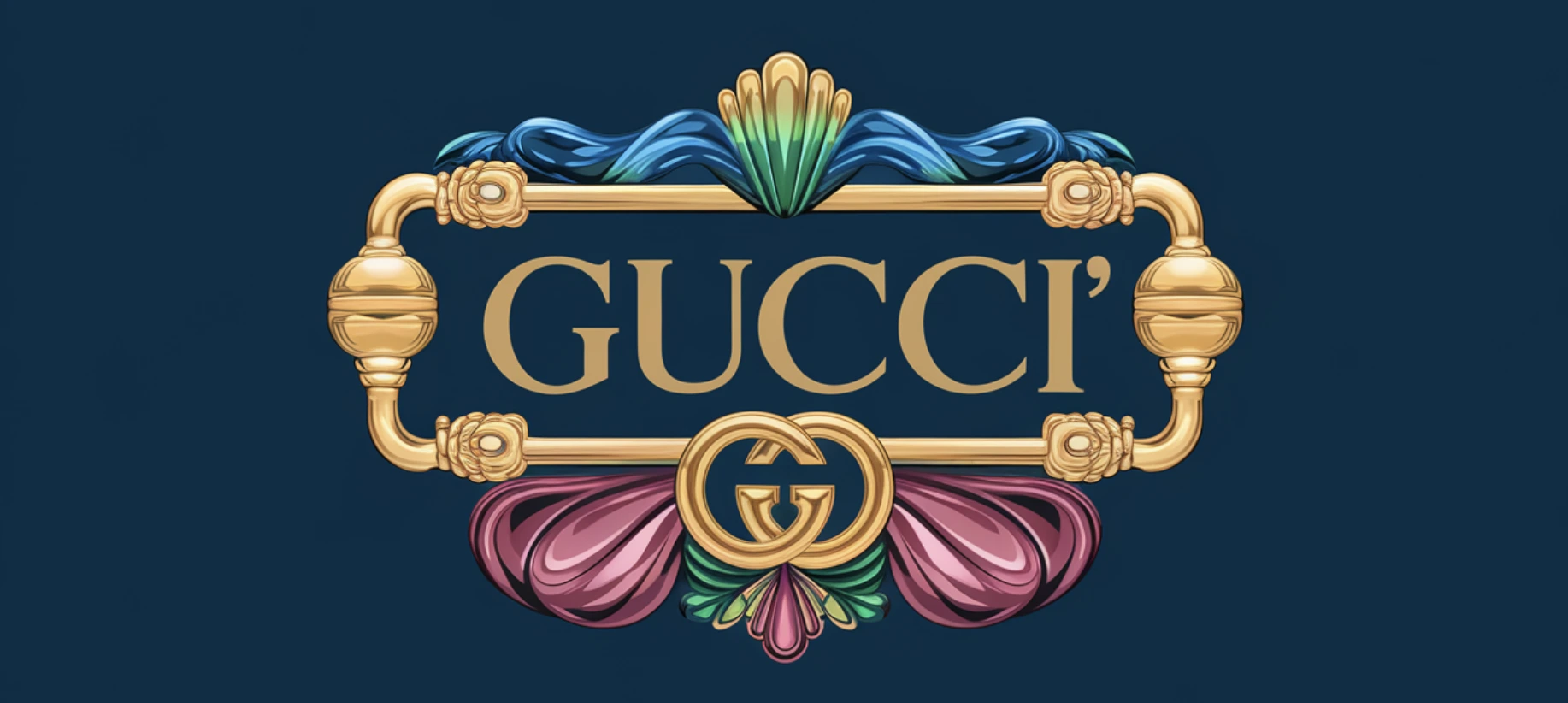
How to Implement:
1. Embrace Bold Colors: Don’t be afraid to use vibrant and saturated colors.
2. Experiment with Typography: Combine different fonts and styles to create visual interest.
3. Incorporate Illustrations and Patterns: Add hand-drawn illustrations, geometric patterns, or other decorative elements.
4. Maintain Balance: Even with a lot going on, ensure the logo is still balanced and visually appealing.
Best Practices for Maximalism and Bold Graphics in 2025
- Know Your Audience: Maximalism isn’t for everyone. Consider whether it aligns with your brand’s target audience and values.
- Maintain Readability: Ensure the logo is still legible, even with intricate details.
- Don’t Overdo It: Strike a balance between boldness and clutter.
Potential Pitfalls to Avoid with Maximalism and Bold Graphics
- Visual Overload: Avoid creating a logo that is too busy or overwhelming.
- Inconsistency: Ensure the maximalist logo aligns with your overall brand identity.
- Lack of Scalability: Ensure the logo still looks good at different sizes.
Trend #4: Anti-Design in Logos

Description:
Anti-design deliberately defies conventional design principles.
This trend embraces asymmetry, unusual typography, and unconventional layouts to create logos that are intentionally jarring and unexpected.
How it Works:
Anti-design logos might feature distorted typography, clashing colors, or deliberately awkward layouts.
The goal is to challenge expectations and create a memorable impression.
Why It’s Gaining Popularity:
In a world of polished and predictable designs, anti-design offers a way to stand out and disrupt the status quo.
It appeals to brands that want to project a sense of rebellion and individuality.
Examples:
How to Implement:
1. Break the Rules: Deliberately violate conventional design principles.
2. Embrace Imperfection: Don’t be afraid to experiment with asymmetry and unusual layouts.
3. Use Unexpected Typography: Choose fonts that are unconventional or even difficult to read.
4. Challenge Expectations: Create a logo that is intentionally jarring and unexpected.
Best Practices for Anti-Design in Logos in 2025
- Know Your Audience: Anti-design isn’t for everyone. Consider whether it aligns with your brand’s target audience and values.
- Be Intentional: Anti-design should be a deliberate choice, not a result of poor design skills.
- Maintain Readability (Somewhat): Even with unconventional typography, ensure the logo is still somewhat legible.
Potential Pitfalls to Avoid with Anti-Design in Logos
- Confusion: Avoid creating a logo that is so confusing that it doesn’t communicate anything.
- Alienation: Anti-design can alienate some audiences. Consider the potential impact on your brand perception.
- Lack of Professionalism: Anti-design can sometimes appear unprofessional.
Trend #5: Inclusive and Accessible Logos
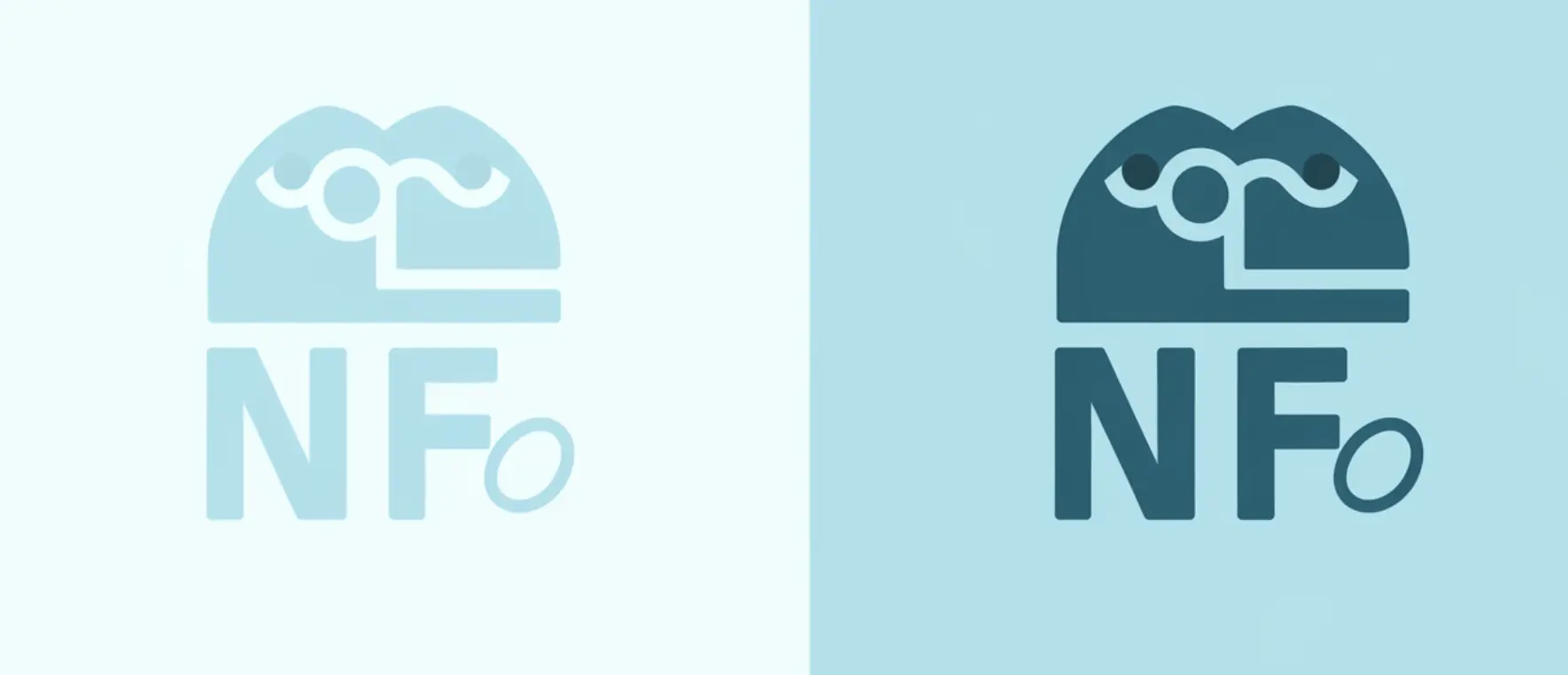
Description:
In 2025, inclusivity and accessibility are paramount.
This trend focuses on creating logos that are usable and understandable by everyone, regardless of their abilities or disabilities.
How it Works:
Inclusive and accessible logos consider factors like color contrast, font size, and alternative text descriptions for screen readers.
They also avoid using symbols or imagery that might be offensive or exclusionary.
Why It’s Gaining Popularity:
Brands are increasingly recognizing the importance of inclusivity and accessibility.
Creating logos that are usable by everyone demonstrates a commitment to diversity and social responsibility.
Examples:
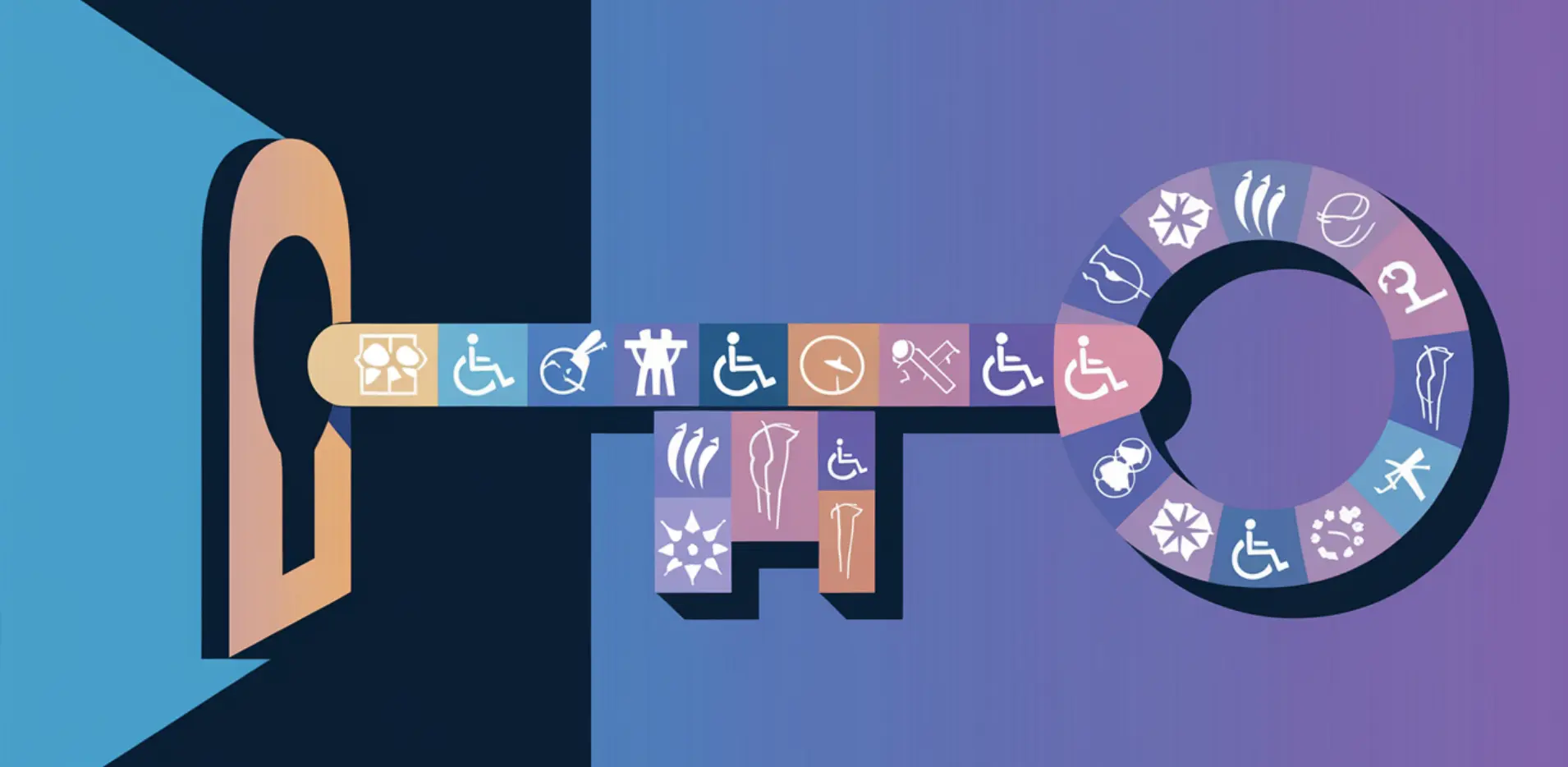
How to Implement:
1. Prioritize Color Contrast: Ensure sufficient color contrast between the logo and its background.
2. Choose Legible Fonts: Select fonts that are easy to read, even at small sizes.
3. Provide Alternative Text: Include descriptive alternative text for all logo images used online.
4. Avoid Culturally Sensitive Symbols: Be mindful of the potential for symbols or imagery to be offensive or exclusionary.
Best Practices for Inclusive and Accessible Logos in 2025
- Test with Diverse Users: Get feedback from people with disabilities to ensure your logo is usable and understandable.
- Follow Accessibility Guidelines: Adhere to established accessibility guidelines, such as WCAG (Web Content Accessibility Guidelines).
- Educate Your Team: Train your design team on inclusive design principles.
Potential Pitfalls to Avoid with Inclusive and Accessible Logos
- Tokenism: Avoid making superficial changes to your logo without a genuine commitment to inclusivity.
- Overly Simplistic Designs: Don’t sacrifice creativity in the name of accessibility. Strive for a balance between usability and visual appeal.
- Ignoring Feedback: Be open to feedback from diverse users and make adjustments as needed.
Trend #6: Variable Fonts in Logos
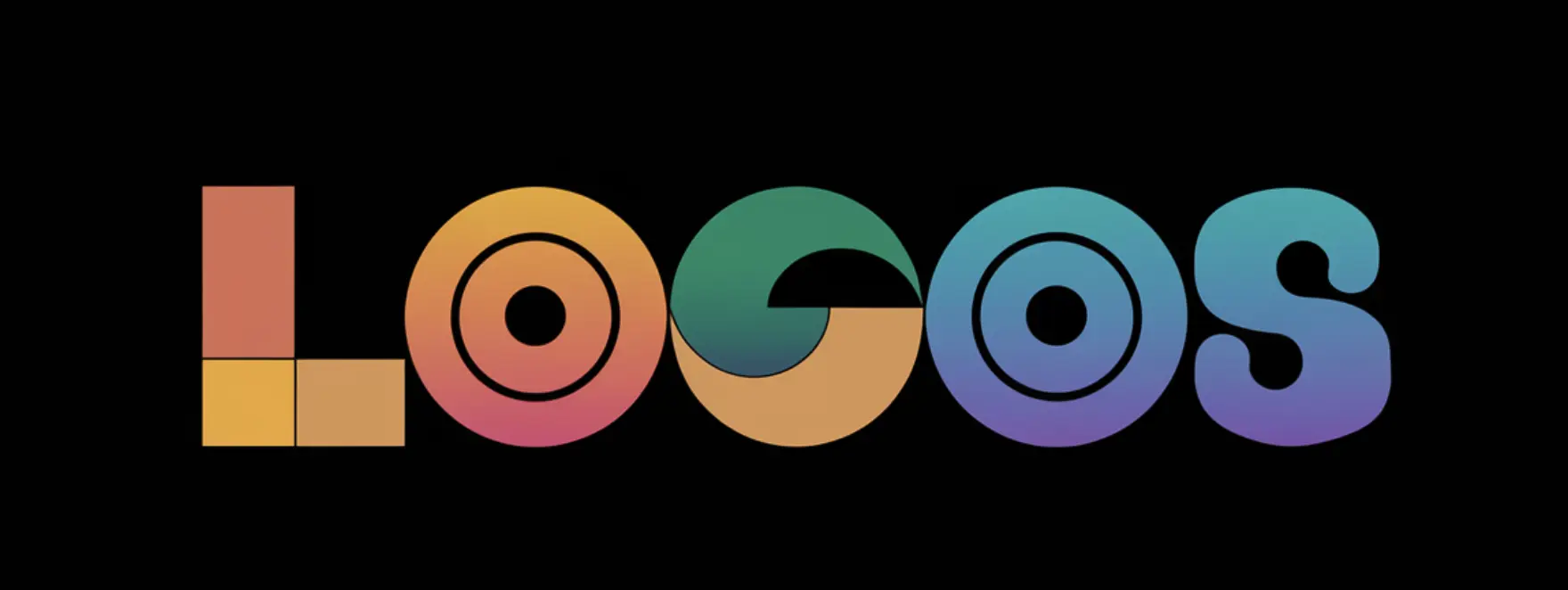
Description:
Variable fonts are the next generation of font technology. They let designers tweak different font features (weight, width, slant).
This creates many styles from one font file.
How it Works:
Variable fonts enable dynamic typography within logos.
Brands can subtly animate the font weight or width to add visual interest or adjust the font based on different screen sizes or contexts.
Why It’s Gaining Popularity:
Variable fonts offer greater flexibility and control over typography, allowing for more expressive and responsive logo designs.
They also reduce file sizes compared to using multiple static font files.
Examples:
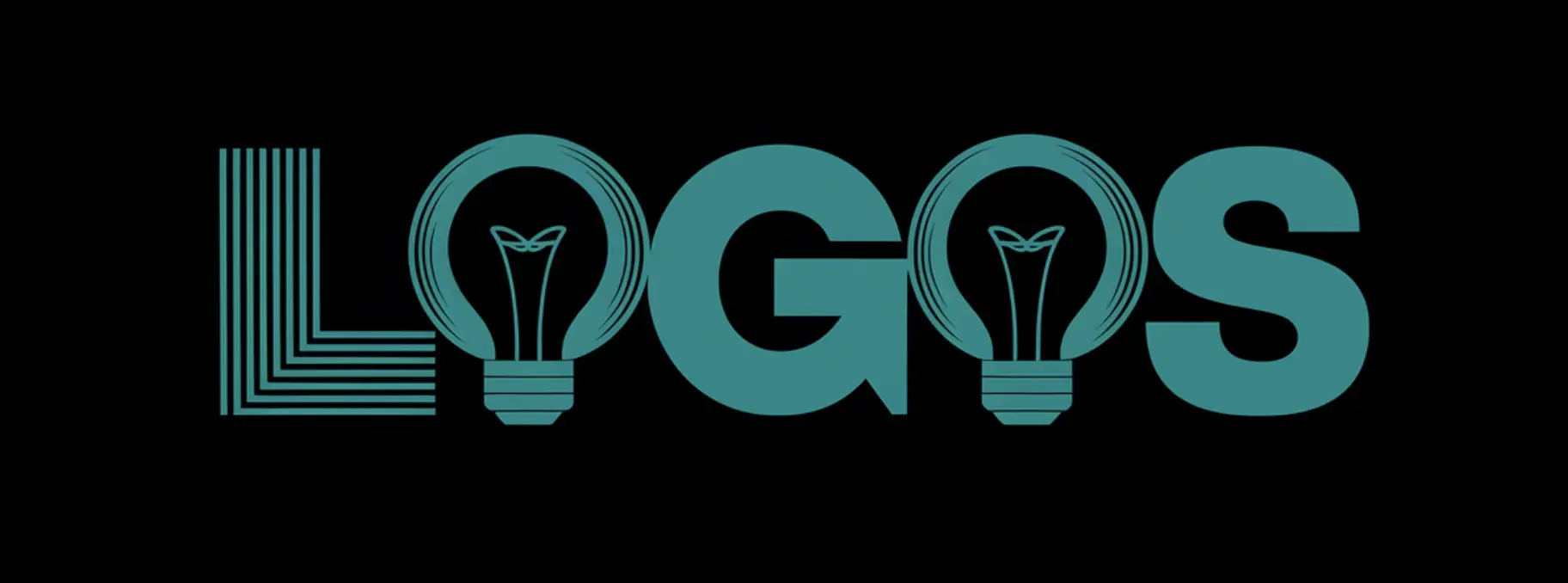
How to Implement:
1. Choose Variable Fonts Wisely: Select variable fonts that align with your brand’s personality and style.
2. Experiment with Font Characteristics: Explore the different axes of variation (weight, width, slant) to create unique typographic effects.
3. Use Responsively: Adjust the font characteristics based on different screen sizes or contexts.
4. Optimize for Performance: Compress variable font files to reduce their size and minimize loading times.
Best Practices for Variable Fonts in Logos in 2025
- Maintain Readability: Ensure the font remains legible, even with variations in weight or width.
- Use Subtly: Avoid overly dramatic font variations that can distract from the overall design.
- Test Across Browsers: Ensure variable fonts render correctly in different browsers.
Potential Pitfalls to Avoid with Variable Fonts in Logos
- Browser Compatibility Issues: Older browsers may not fully support variable fonts.
- Performance Issues: Improperly optimized variable fonts can negatively impact website performance.
- Overuse: Avoid using too many font variations, which can create a cluttered and inconsistent look.
Trend #7: Data-Driven Logo Design
Description:
In 2025, data is king! This trend involves using data analytics to inform logo design decisions.
Brands can make logos more effective by studying what people like and what’s popular.
They also look at what their competitors are doing. This helps them create logos that really connect with their audience.
How it Works:
Data-driven logo design involves gathering and analyzing data related to your target audience, industry, and competitors.
This data helps decide on color schemes, fonts, images, and the overall look of a design.
Why It’s Gaining Popularity:
Data-driven design helps brands make better choices. This way, they avoid creating logos that don’t connect with their audience.
It also helps brands stay ahead of the competition and adapt to changing consumer preferences.
Examples:
How to Implement:
1. Gather Data: Collect data on your target audience, industry, and competitors.
2. Analyze the Data: Identify patterns and trends in the data.
3. Inform Design Decisions: Use the data to inform decisions about color palettes, typography, imagery, and overall design aesthetic.
4. Test and Iterate: Test different logo variations with your target audience and iterate based on the feedback.
Best Practices for Data-Driven Logo Design in 2025
- Use Reliable Data Sources: Ensure the data you’re using is accurate and up-to-date.
- Focus on Insights: Don’t just gather data; focus on extracting meaningful insights from it.
- Combine Data with Creativity: Data should inform your design decisions, but it shouldn’t stifle your creativity.
Potential Pitfalls to Avoid with Data-Driven Logo Design
- Data Overload: Avoid getting bogged down in data and losing sight of your brand’s core values.
- Bias: Be aware of potential biases in the data and avoid making decisions based on flawed information.
- Lack of Human Insight: Data can provide valuable insights, but it shouldn’t replace human intuition and creativity.
Trend #8: The Return of Gradients
Description:
Gradients are back in a big way in 2025! After a period of flat design dominance, gradients are making a comeback, adding depth and dimension to logos.
However, these aren’t the harsh, overly saturated gradients of the past. The new gradients are subtle, sophisticated, and often feature pastel or muted color palettes.
How it Works:
Gradients involve a smooth transition between two or more colors. They can add a sense of depth, drawing the viewer’s eye and making the logo more engaging.
They can also highlight specific areas of the logo. Or add a touch of visual interest.
Why It’s Gaining Popularity:
Subtle gradients add a touch of sophistication and visual appeal to logos without being overwhelming.
They can also show off modernity and innovation. This subtly says the brand is ahead of the curve and current.
Examples:
How to Implement:
1. Choose Subtle Colors: Opt for pastel or muted colors that create a smooth and harmonious transition.
2. Use Linear or Radial Gradients: Experiment with different types of gradients to achieve the desired effect.
3. Apply Sparingly: Use gradients strategically to highlight specific areas of the logo or add a touch of visual interest.
Best Practices for The Return of Gradients in 2025
- Avoid Harsh Transitions: Ensure the colors blend smoothly to avoid a jarring or dated look.
- Maintain Readability: Ensure the gradient doesn’t interfere with the legibility of the logo.
- Consider Print Applications: Gradients can be challenging to reproduce in print. Consider how the logo will look in different formats.
Potential Pitfalls to Avoid with The Return of Gradients
- Dated Look: Avoid using gradients that look like they belong in the 1990s.
- Overuse: Don’t overdo it with gradients. Use them sparingly to enhance the logo, not overwhelm it.
- Inconsistency: Ensure the gradient aligns with your overall brand identity.
Trend #9: Simplified and Symbolic Logos
Description:
In an increasingly complex world, simplicity is key. Simplified and symbolic logos are known for their clean lines and simple shapes.
They aim to send a clear and direct message. This makes them easy to understand and remember.
How it Works:
Simplified logos often strip away unnecessary details, focusing on the essential elements of the brand.
Symbolic logos use abstract shapes or icons to represent the brand’s values or mission.
Why It’s Gaining Popularity:
Simplified and symbolic logos are easy to recognize, remember, and reproduce across different platforms.
They are also well-suited for a variety of applications, from websites to mobile apps to print materials.
Examples:
How to Implement:
1. Focus on the Essentials: Identify the core values or message you want to convey.
2. Simplify, Simplify, Simplify: Strip away any unnecessary details.
3. Use Abstract Shapes or Icons: Choose shapes or icons that represent your brand’s values or mission.
4. Prioritize Memorability: Create a logo that is easy to recognize and remember.
Best Practices for Simplified and Symbolic Logos in 2025
- Ensure Clarity: The logo should be easy to understand and interpret.
- Maintain Scalability: The logo should look good at different sizes.
- Consider Versatility: The logo should work well across different platforms and applications.
Potential Pitfalls to Avoid with Simplified and Symbolic Logos
- Generic Designs: Avoid creating a logo that is too generic or uninspired.
- Misinterpretation: Ensure the logo is not easily misinterpreted.
- Lack of Personality: Don’t sacrifice personality in the name of simplicity.
Trend #10: Sustainable and Ethical Logos
Description:
More and more people want to buy from companies that care about the planet and treat people right. This trend focuses on creating logos that reflect these values.
How it Works:
Sustainable and ethical logos often incorporate natural colors, organic shapes, and imagery that evokes nature.
They may also feature symbols that represent fair trade, environmental protection, or social responsibility.
Why It’s Gaining Popularity:
Consumers want to support brands that align with their values. Sustainable and ethical logos communicate a commitment to making a positive impact on the world.
Examples:
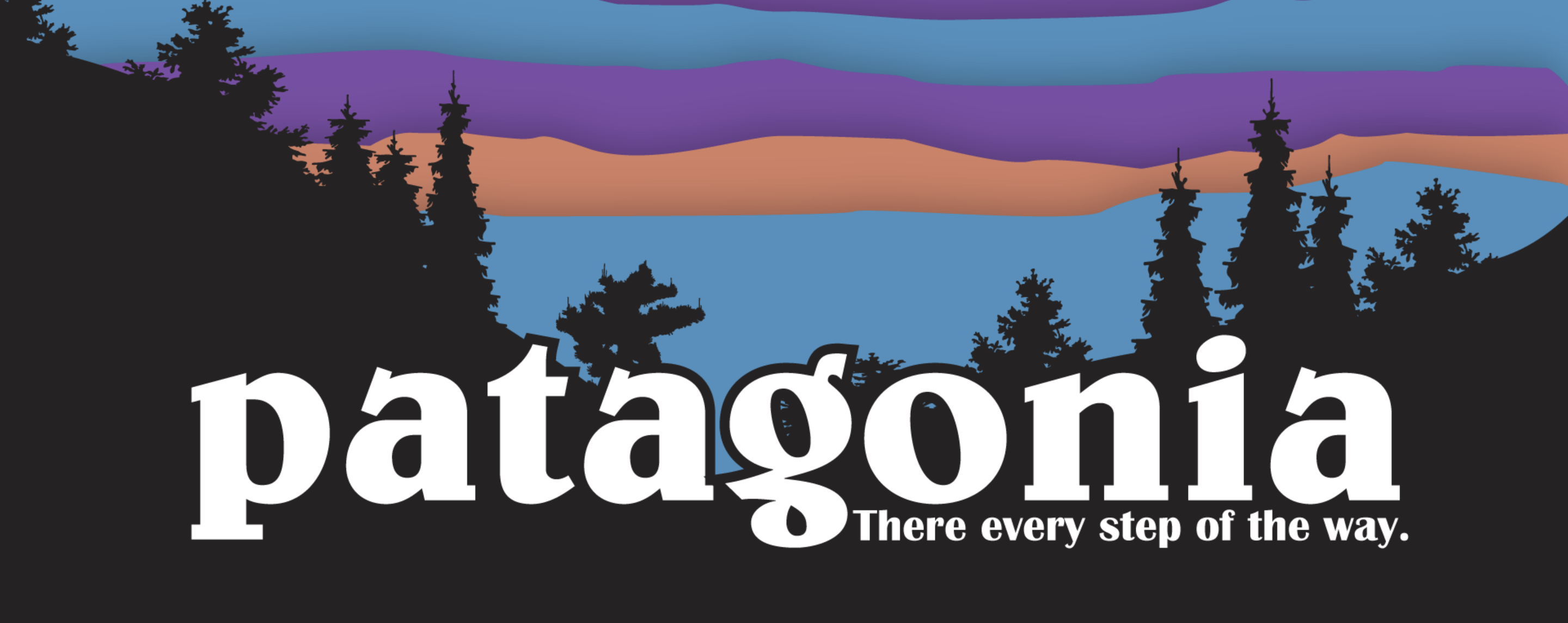
How to Implement:
1. Incorporate Natural Colors: Use earth tones, greens, and blues to evoke a connection to nature.
2. Use Organic Shapes: Incorporate natural shapes, such as leaves, trees, or water droplets.
3. Feature Ethical Symbols: Use symbols that represent fair trade, environmental protection, or social responsibility.
4. Communicate Your Values: Make it clear that your brand is committed to sustainability and ethical practices.
Best Practices for Sustainable and Ethical Logos in 2025
- Be Authentic: Ensure your logo accurately reflects your brand’s values and practices.
- Avoid Greenwashing: Don’t make misleading claims about your sustainability efforts.
- Support Ethical Causes: Partner with ethical organizations and support sustainable initiatives.
Potential Pitfalls to Avoid with Sustainable and Ethical Logos
- Superficiality: Don’t make superficial changes to your logo without a genuine commitment to sustainability and ethics.
- Lack of Transparency: Be transparent about your sustainability practices and avoid making vague or unsubstantiated claims.
- Alienating Customers: Avoid alienating customers who may not share your values.
Choosing the Right Logo Design Trends for Your Brand in 2025
Navigating the world of logo design trends 2025 can feel overwhelming!
With so many options to choose from, how do you determine which trends are right for your brand?
The key is to select trends that align with your brand identity, resonate with your target audience, and help you achieve your business goals.
Don’t just jump on the bandwagon!
Understanding Your Brand Values
Knowing Your Audience
Your logo isn’t just for you; it’s for your audience. Understanding their preferences, expectations, and values is crucial.
Conduct market research, analyze your customer demographics, and gather feedback on your existing branding.
What kind of logos do they find appealing? What are their design preferences?
Conducting a Competitive Analysis
Identify opportunities to differentiate your brand and stand out from the crowd.
However, don’t simply copy your competitors; aim to create a logo that is unique and memorable.
On the other hand, a luxury brand might go for traditional fonts and sophisticated gradients. Consider the conventions of your industry, but don’t be afraid to break the mold.
Authenticity is key! Avoid choosing trends that feel forced or unnatural.
Select trends that genuinely align with your brand identity and resonate with your target audience.

A forced trend can backfire and make your brand look inauthentic or out of touch.
Integrating Trends Without Losing Your Core Identity
The goal is to incorporate trends in a way that enhances your brand identity, not replaces it.
Think of trends as a spice that adds flavor to your existing recipe, not as a completely new dish.
Implementing Logo Design Trends: Practical Tips for 2025
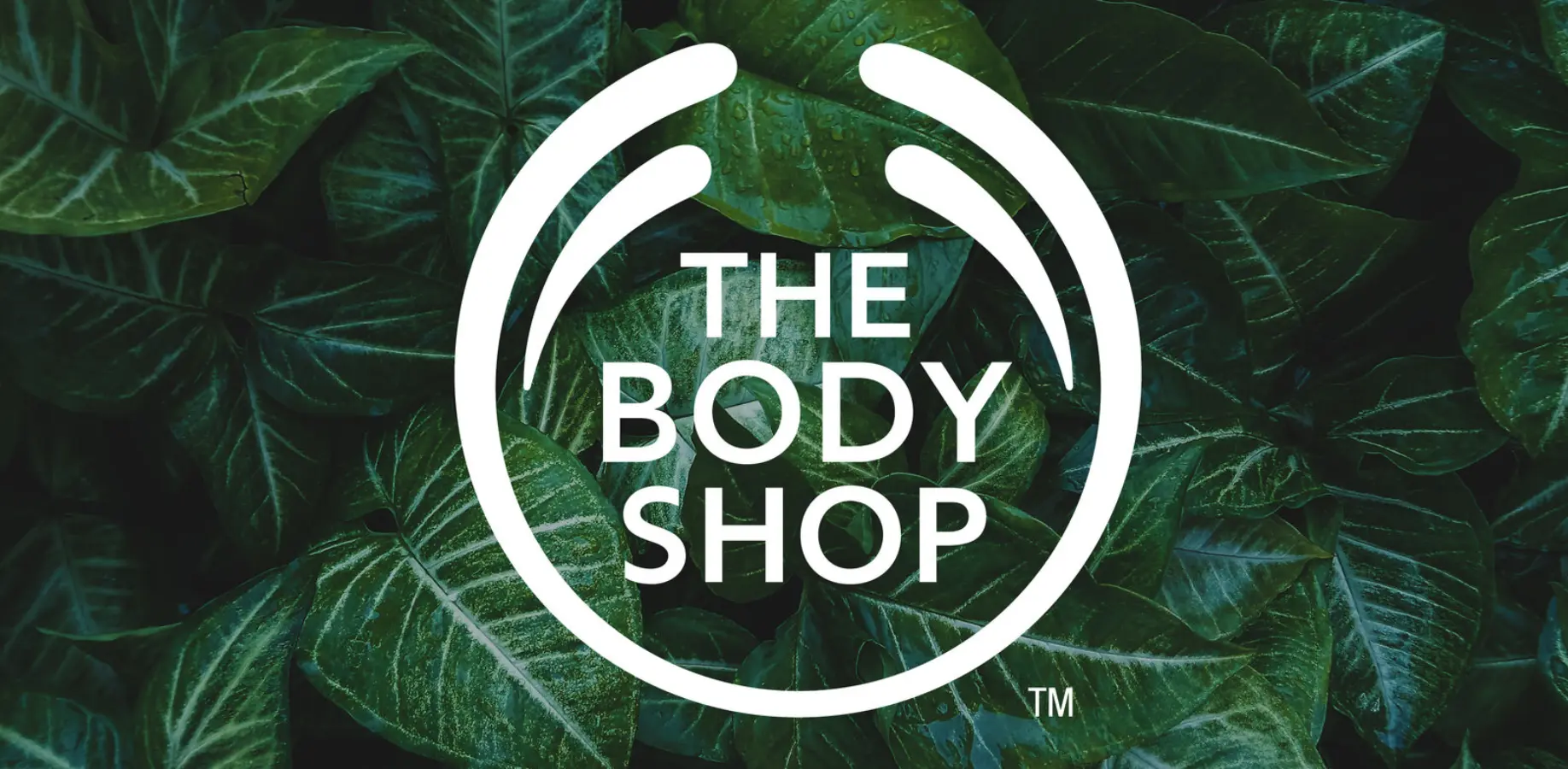
Once you’ve chosen the right logo design trends, the next step is to implement them effectively.
Working with a Designer
Pros:
- Expertise and experience.
- Access to professional design tools and resources.
- Ability to create custom designs that are tailored to your specific needs.
Cons:
- Higher cost.
- Requires clear communication and collaboration.
DIY Logo Design Tools
If you’re on a tight budget or like to get your hands dirty, DIY logo design tools are worth checking out.
Many online platforms have easy-to-use interfaces and pre-made templates.
You can tweak these to make a logo that’s all your own. Canva, Looka, and Tailor Brands all offer DIY logo design tools.
Pros:
- Lower cost.
- Greater control over the design process.
- Easy to use.
Cons:
- Limited design options.
- Requires design skills or willingness to learn.
- Risk of creating a generic or uninspired logo.
Testing and Iteration
Consider using online survey tools, focus groups, or social media polls to gather feedback.
Be open to constructive criticism and be willing to make adjustments based on the feedback you receive.
Remember that the goal is to create a logo that resonates with your target audience!
Budget Considerations for New Logo Trends
Also, think about the long-term value of your logo. A well-designed logo can last for many years, while a poorly designed logo may need to be updated more frequently.
Investing in a quality logo design can save you money in the long run.
The Future of Logo Design Beyond 2025
Emerging Technologies Shaping Logo Design
It will automate tasks and generate new design possibilities. Augmented reality (AR) and virtual reality (VR) may allow for interactive and immersive logo experiences.
The Role of AI in Logo Creation
AI can look at lots of data to get what people like and what’s next in design. It can even make logos that fit well with certain groups.
But, it’s still important for humans to add that special touch.
The Evolution of Brand Identity
Expect to see more brands embracing dynamic logos that can adapt to different contexts.
Interactive and animated logos will likely become more prevalent, creating more engaging and memorable brand experiences.
Conclusion
As we’ve explored in this guide, the world of logo design trends 2025 is dynamic and exciting. From AI-generated designs to sustainable and ethical logos, there’s a wide range of options to choose from.
Instead, think about how each trend can help your brand. It can also help you connect with your audience in a meaningful way.
Remember, your logo is the face of your brand; make sure it’s saying the right things.
Contact us today for a free consultation. Discover how we can help you create a unique and impactful logo. This logo will resonate in 2025 and beyond!


